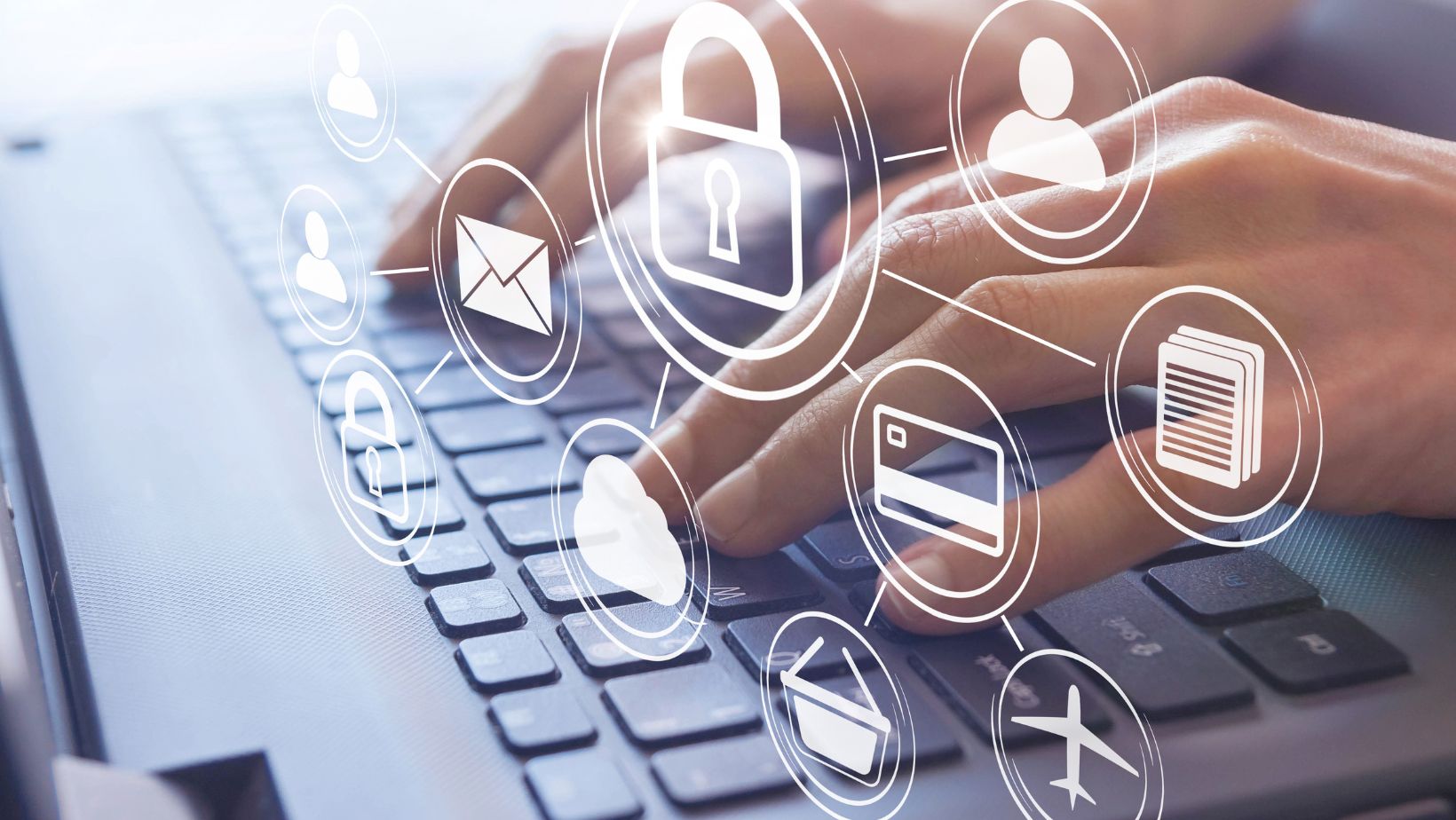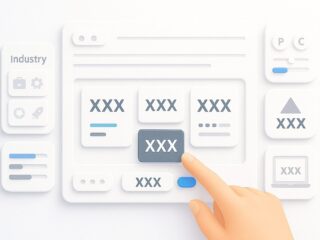
In cybersecurity, defending against various types of attacks is crucial to maintaining a secure system. One of the most commonly exploited vulnerabilities is LDAP injection. This type of attack targets systems that interact with an LDAP (Lightweight Directory Access Protocol) directory, which is used for storing and managing data such as user credentials, access controls, and organizational information. When poorly implemented, an application’s interaction with an LDAP server can open the door for attackers to exploit vulnerabilities and gain unauthorized access to sensitive information.
In this article, we’ll explore the nature of LDAP injection attacks, why they are dangerous, and, most importantly, the strategies you can use to effectively defend your system against these types of attacks.
What is an LDAP Injection Attack?
An LDAP injection attack occurs when an attacker is able to manipulate an LDAP query by inserting malicious input. When applications interact with an LDAP directory, they often query the server to authenticate users or retrieve data. If the application does not properly handle user input, an attacker can modify the LDAP query to achieve unintended behavior.
For example, if an application takes user input and constructs an LDAP query without validating the input properly, an attacker might be able to craft a query that exposes sensitive information, bypasses authentication mechanisms, or modifies the directory’s contents. These attacks exploit vulnerabilities in how user input is processed and used in LDAP queries.
Why LDAP Injection Attacks Are Dangerous
LDAP injection attacks are particularly hazardous because they can:
- Grant Unauthorized Access: Attackers can manipulate LDAP queries to bypass authentication checks and gain access to systems they are not authorized to use.
- Expose Sensitive Data: By altering queries, attackers might be able to retrieve sensitive data, such as usernames, passwords, and personal information, compromising the confidentiality of the system.
- Alter Directory Contents: Malicious actors could use LDAP injection to modify, delete, or corrupt data within the LDAP directory, potentially causing disruptions in system functionality or loss of critical information.
- Facilitate Further Attacks: Once attackers exploit LDAP injection vulnerabilities, they can escalate their privileges and launch further attacks, which could lead to a full-scale system compromise.
Given the potential consequences of an LDAP injection attack, it’s essential to implement effective defenses against this kind of threat.
Fortunately, there are several best practices and strategies you can adopt to defend your systems against LDAP injection attacks.

By focusing on secure coding practices, proper input validation, and regular monitoring, you can significantly reduce the risk of these attacks.
1. Validate and Sanitize User Input
The most fundamental defense against LDAP injection is proper input validation and sanitization. Input from users, such as search queries or login credentials, must never be trusted without scrutiny. Ensure that all user inputs are thoroughly validated against a set of rules and sanitized before being used in any LDAP query.
For instance, any input containing special characters that could alter the query structure should be rejected or properly escaped. By ensuring that input does not contain harmful characters, you can prevent attackers from manipulating the query and bypassing authentication or gaining unauthorized access.
2. Use Parameterized Queries
One of the most effective ways to defend against LDAP injection attacks is by using parameterized queries, also known as prepared statements. This technique involves separating the query structure from user input, making it impossible for attackers to alter the query by injecting malicious code.
With parameterized queries, user input is treated as data, not as part of the query. As a result, it becomes impossible for attackers to change the intended behavior of the LDAP query, even if they submit harmful input.
3. Apply the Principle of Least Privilege
Another essential strategy is to follow the principle of least privilege when configuring user accounts that interact with the LDAP directory. This means ensuring that each account only has the minimum permissions necessary to perform its designated tasks.
For example, if an application only needs read access to certain user attributes, the LDAP account should be configured with only read privileges for those attributes. Limiting the permissions of LDAP accounts helps reduce the impact of an LDAP injection attack if one were to occur, as the attacker’s access would be confined to a minimal set of data.
4. Ensure Secure Authentication and Encryption
When interacting with an LDAP server, it’s critical to secure the communication between your application and the server. This can be achieved by using LDAP over SSL (LDAPS), which encrypts the data transmitted between your application and the LDAP server, protecting sensitive information such as usernames and passwords from being exposed to attackers.
In addition to securing communications, strong authentication mechanisms should be used to ensure that only authorized users can access the directory. Implementing multi-factor authentication (MFA) adds an extra layer of security to your LDAP environment, further protecting against unauthorized access.
5. Regularly Update and Patch LDAP Servers
As with any other software, LDAP servers can have vulnerabilities that, if left unpatched, could be exploited by attackers. Regularly updating and patching your LDAP server software is critical for protecting your system from known security flaws.

Monitoring security advisories and promptly applying patches is essential for defending against emerging threats, including those related to LDAP injection attacks.
6. Monitor Logs for Suspicious Activity
Logging and monitoring are key components of any effective security strategy. By keeping track of all queries made to the LDAP server, you can identify suspicious or anomalous behavior, such as unusual query patterns or failed authentication attempts.
Establishing a log monitoring system allows you to detect LDAP injection attempts in real time and respond swiftly. Setting up alerts for specific anomalies, such as an abnormal number of failed queries or unexpected input, will help you take immediate action to mitigate the risk of a potential attack.
7. Educate Developers and IT Teams
To prevent LDAP injection attacks from occurring, it’s important to educate your development and IT teams on secure coding practices. Developers should be aware of the risks of LDAP injection and know how to avoid common vulnerabilities, such as improperly concatenating user input into LDAP queries.
Regular training and security awareness programs will help ensure that everyone involved in system design, development, and maintenance understands the importance of secure LDAP query handling and is equipped to identify and mitigate potential risks.
Conclusion
Defending against LDAP injection attacks is a critical part of securing your system and protecting sensitive data. By implementing best practices such as input validation, parameterized queries, the principle of least privilege, secure authentication, and encryption, you can significantly reduce the risk of this type of attack.
Regularly updating and patching your LDAP server, monitoring logs for suspicious activity, and educating your development and IT teams are also essential components of a comprehensive security strategy. By adopting these strategies, you can safeguard your LDAP environment and protect your organization from the serious consequences of LDAP injection attacks.





